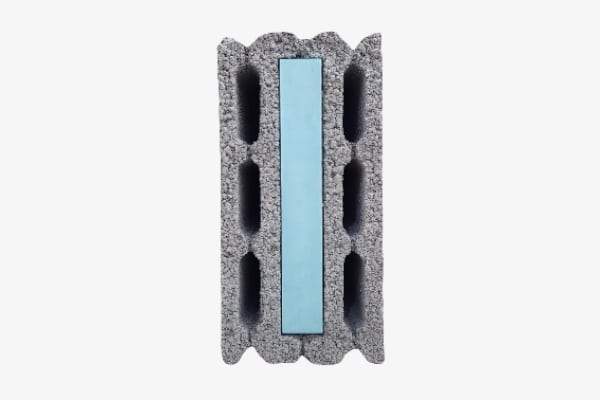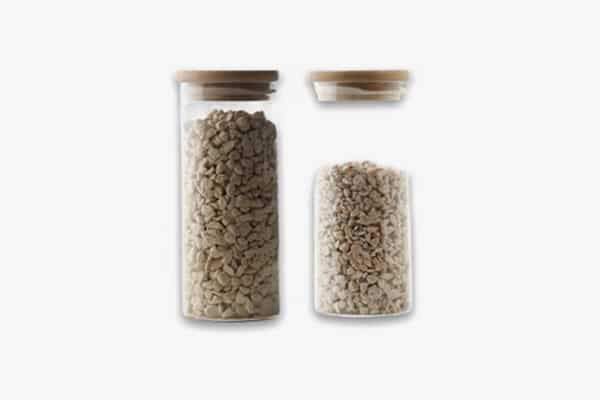Plastering Sand
Overview:
Plastering sand is a fine-grain sand specifically used for plastering walls and ceilings. It provides a smooth and durable finish, ensuring strong adhesion with cement and other binding materials. Sourced from riverbeds or crushed aggregates, this sand is free from impurities, making it ideal for construction and finishing applications.
Why You Should Use It:
- Smooth Finish: Ensures an even and refined plaster surface.
- High Workability: Easily mixes with cement for effortless application.
- Strong Adhesion: Enhances bonding with walls and ceilings.
- Minimal Shrinkage: Reduces the chances of cracks in plastered surfaces.
- Durable: Increases longevity and weather resistance of plastered walls.
Key Features:
| Property | Description |
|---|---|
| Grain Size | Fine, 0–2 mm |
| Moisture Content | 2–6% |
| Clay & Silt Content | Less than 3% |
| Density | 1400–1600 kg/m³ |
| Color | Light beige, yellowish, or white |
| Water Absorption | Low, to prevent excessive shrinkage |
Uses:
- Wall Plastering: Ensures smooth and strong walls.
- Ceiling Plastering: Provides an even surface for paint or wallpaper.
- Tile Bedding: Used as a base layer for laying tiles.
- Masonry Works: Improves bonding in brick and block construction.
- Interior & Exterior Finishing: Enhances the durability and aesthetics of surfaces.
Density & Composition:
| Factor | Value |
|---|---|
| Standard Density | 1400–1600 kg/m³ |
| Silica Content | 80–95% |
| Clay & Silt | Less than 3% |
Case Studies:
- Residential Buildings: Used in luxury apartments for smooth interior walls.
- Commercial Projects: Applied in high-rise buildings for strong external plastering.
- Restoration Works: Used in heritage sites to match traditional plaster finishes.
Installation Recommendations:
- Use Clean Water: Avoid contaminants to maintain the sand’s quality.
- Proper Mixing Ratio: Follow a 1:4 or 1:6 ratio with cement for the best results.
- Moist Curing: Keep the plaster moist for 7 days to prevent cracking.







